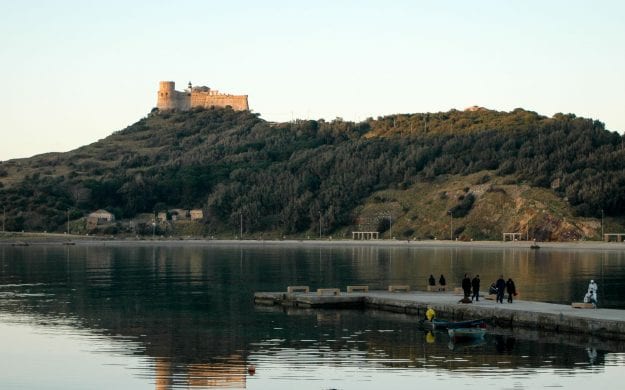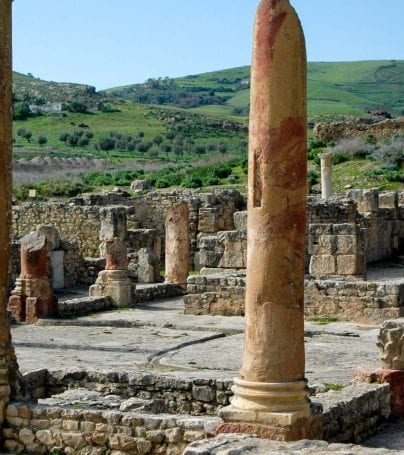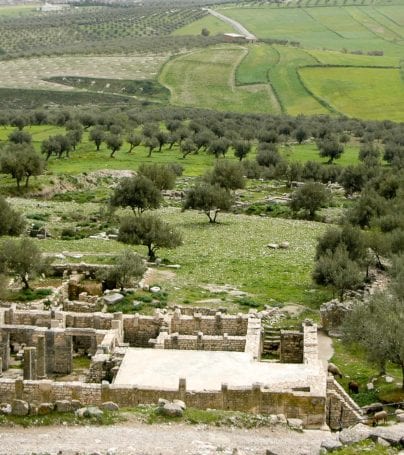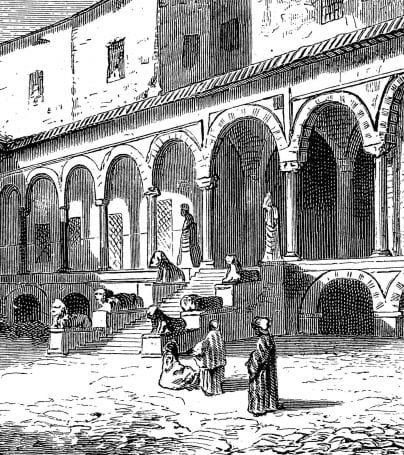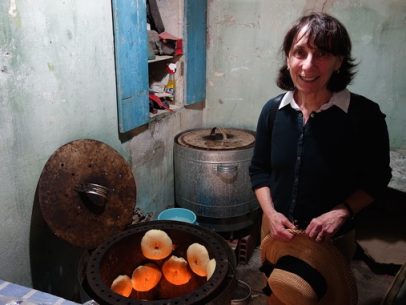El Jem Adventure Tours
El Djem, or El Jem, is a town in Mahdia Governorate, Tunisia, population 18,302 (2004 census). It is home to some of the most impressive Roman remains in Africa. The city was built, like almost all Roman settlements in Tunisia, on former Punic settlements. In a less arid climate than today’s, Roman Thysdrus prospered especially in the 2nd century, when it became an important center of olive oil manufacturing for export. It was the seat of a Christian bishop – which is still occupied by a titular Roman Catholic bishop today. By the early 3rd century AD, when the amphitheater was built, Thysdrus rivaled Hadrumetum (modern Sousse) as the second city of Roman North Africa, after Carthage. However, following the abortive revolt that began there in 238 AD, and Gordian I’s suicide in his villa near Carthage, Roman troops loyal to the Emperor Maximinus Thrax destroyed the city. It never really recovered.
It was believed that amphitheater was used for filming some of the scenes from the Academy Award (Oscar) winning film Gladiator starring Russell Crowe as a leading actor. The scenes were actually filmed in Fort Ricasoli on Malta, later used for filming of Troy, starring Brad Pitt as a leading actor.
El Djem is famous for its amphitheatre (often incorrectly called “a coliseum”), capable of seating 35,000 spectators. Only Rome’s Colosseum (about 45,000 spectators) and the ruined theatre of Capua are larger. The amphitheatre at El Djem was built by the Romans under proconsul Gordian, who was acclaimed Emperor at Thysdrus, around 238 and was probably mainly used for gladiator shows and chariot races (like in Ben-Hur). It is also possible that construction of the amphitheatre was never finished.
Until the 17th century it remained more or less whole. From then on its stones were used for building the nearby village of El Djem and transported to the Great Mosque in Kairouan, and at a tense moment during struggles with the Ottomans, the Turks used cannons to flush rebels out of the amphitheatre. The ruins of the amphitheatre were declared a World Heritage Site in 1979.
Drifting sand is preserving the market city of Thysdrus and the refined suburban villas that once surrounded it. The amphiteatre occupies archaeologists’ attention: no digging required. Some floor mosaics have been found and published, but field archaeology has scarcely been attempted.
In the world of writing materials, Thysdrus lay in the Empire of Papyrus, which preserves remarkably well if kept as dry as at El Djem.
Customize Your Dream Adventure
We are here to help craft tailor-made adventures for individuals, couples, families, and groups of explorers.

